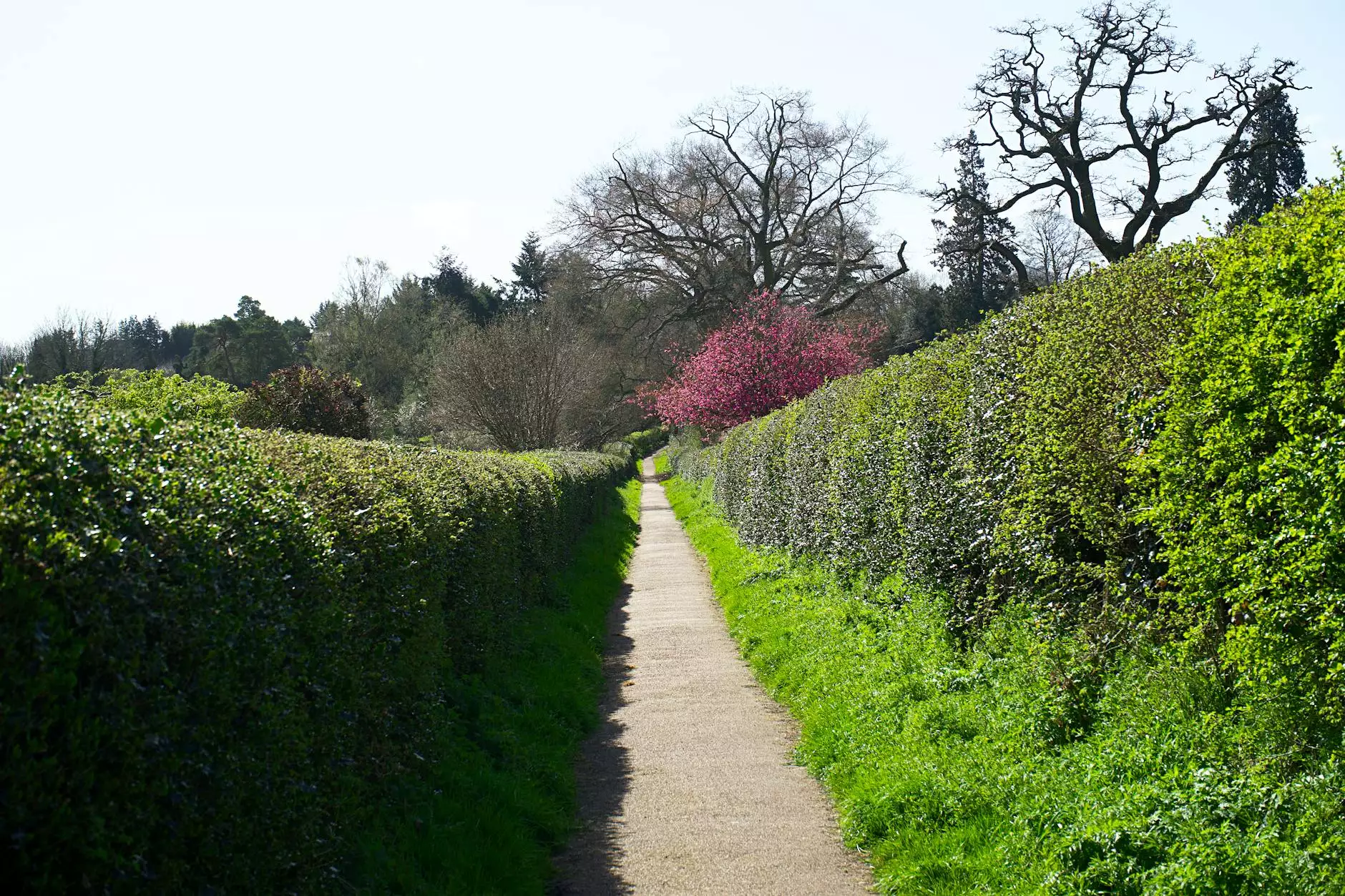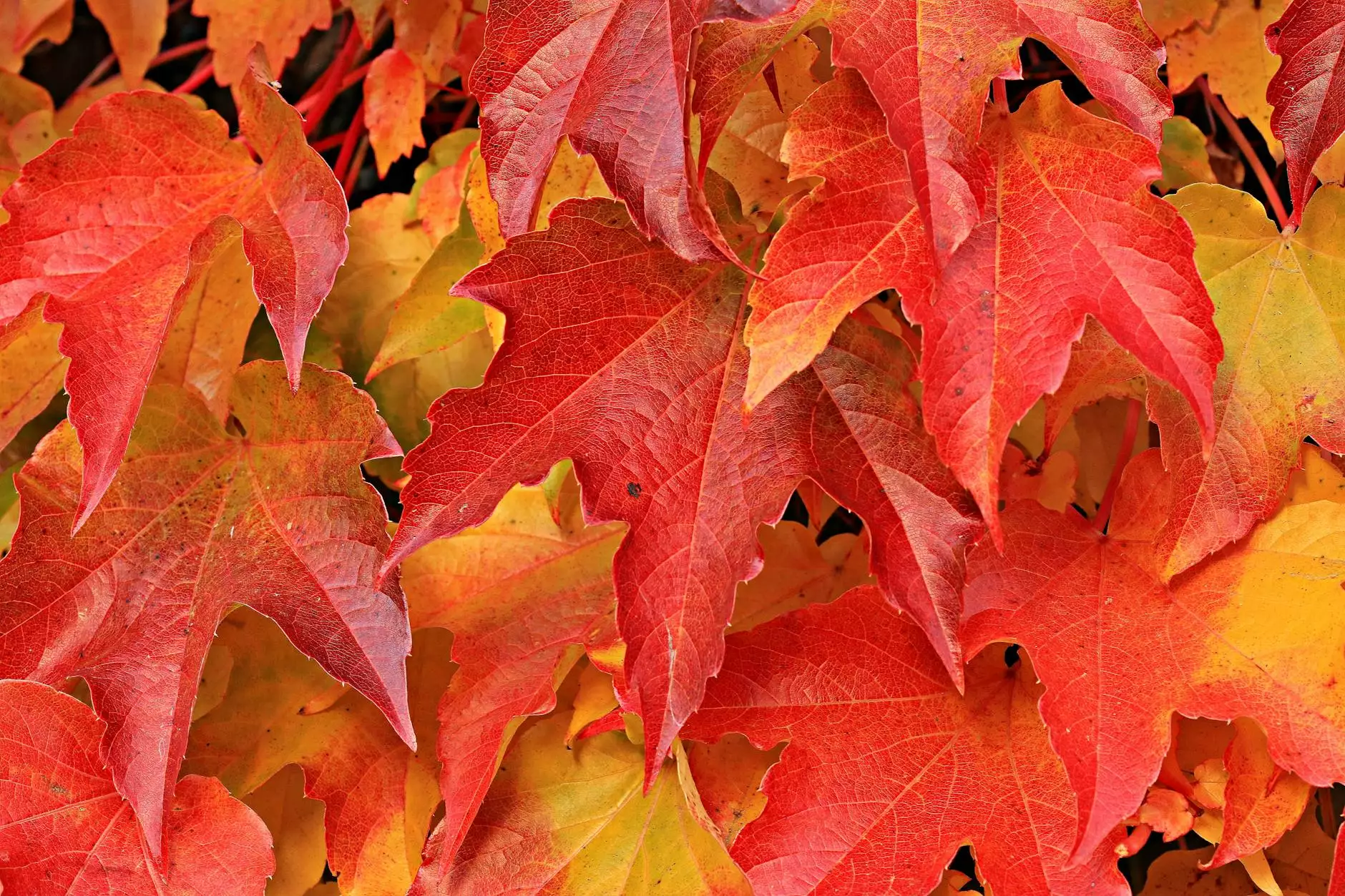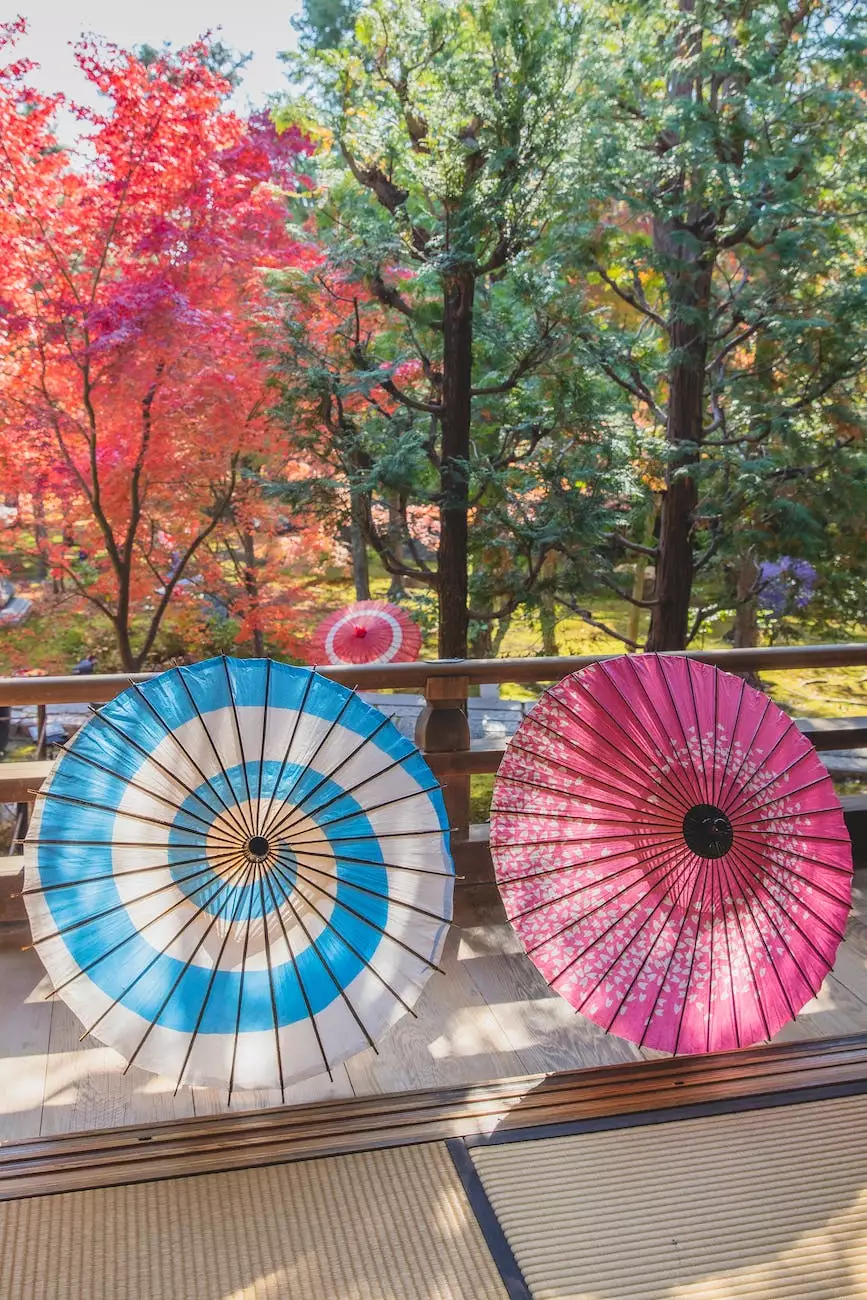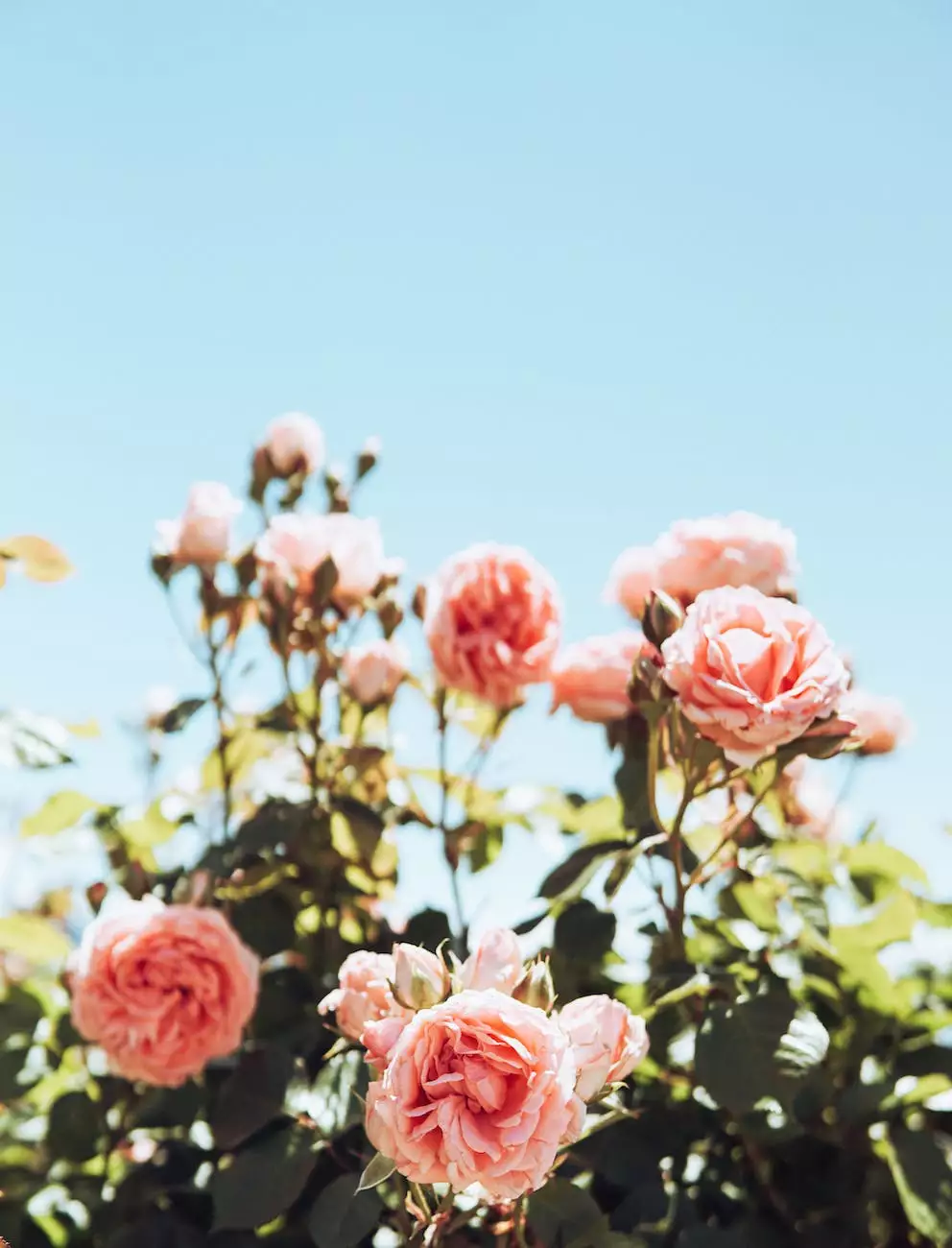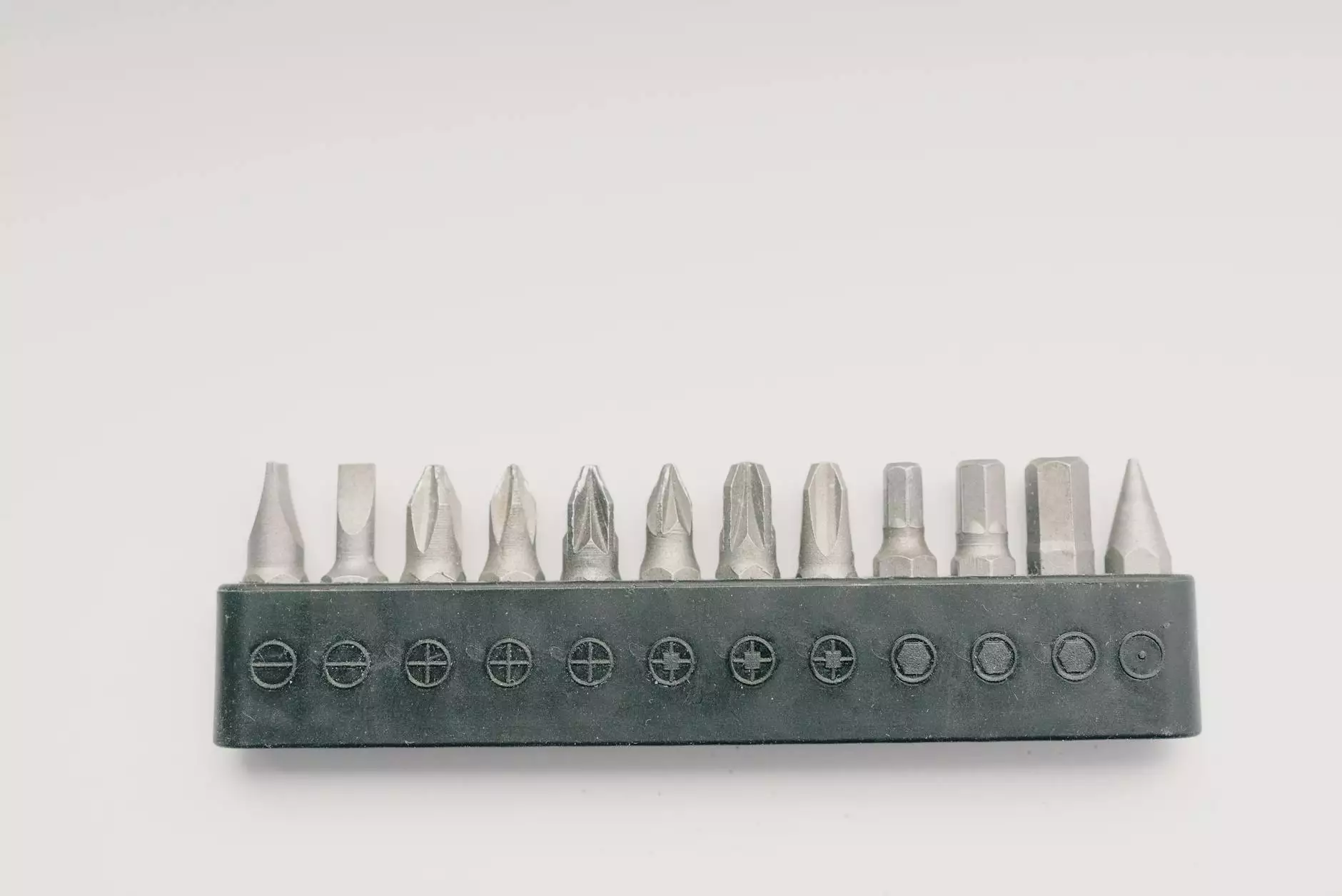Hydrangeas: When to Prune & How To Bloom
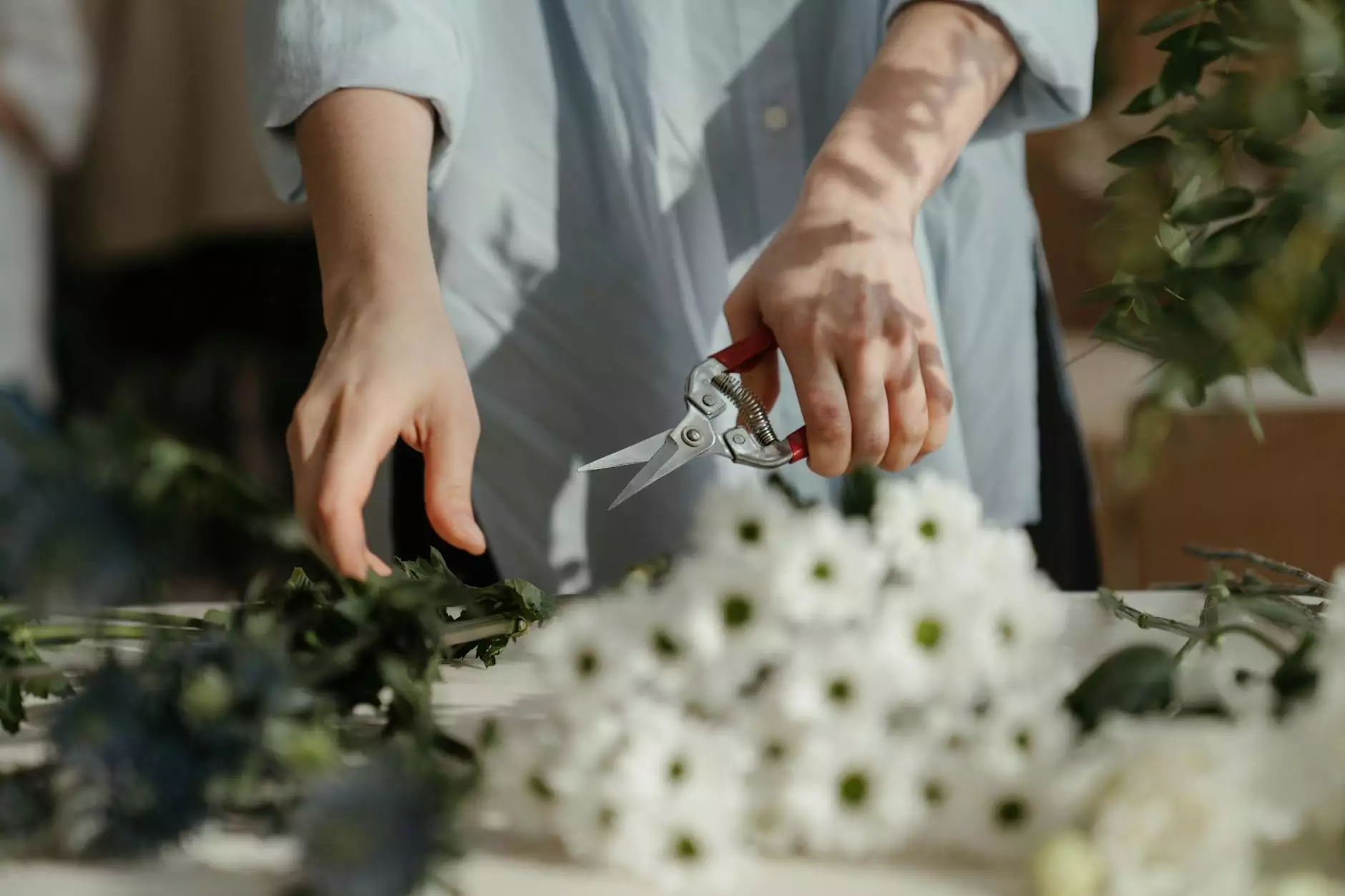
Introduction
Welcome to Cutting Hedge Services, your go-to resource for all things related to hydrangeas. In this comprehensive guide, we will explore when to prune hydrangeas and provide valuable tips to help you achieve stunning blooms.
The Beauty of Hydrangeas
Hydrangeas are beloved for their large, vibrant flowers and lush, green foliage. These versatile plants can be found in various colors and types, offering an exquisite addition to any garden or landscape. To ensure their optimal growth and bloom, understanding the proper pruning techniques is essential.
When to Prune Hydrangeas
Pruning hydrangeas at the right time is crucial for encouraging healthy growth and maximizing blooming potential. The timing of pruning depends on the specific variety of hydrangea you have. Let's explore the different types and their pruning requirements:
1. Bigleaf Hydrangeas (Hydrangea macrophylla)
Bigleaf hydrangeas, also known as mophead or lacecap hydrangeas, are popular for their large, round flower clusters. These hydrangeas bloom on old wood, which means they develop their buds during the previous growing season.
To ensure proper blooming, it is best to prune Bigleaf hydrangeas immediately after they finish flowering, typically in late summer or early fall. This allows ample time for new buds to form and develop for the following year. Avoid pruning them in late winter or spring since this can remove the existing buds, resulting in limited flowering.
2. Oakleaf Hydrangeas (Hydrangea quercifolia)
Oakleaf hydrangeas are known for their attractive, oak-like foliage and cone-shaped flower clusters. These hydrangeas bloom on old wood as well, so pruning should be done after flowering to avoid removing potential blooms.
Prune Oakleaf hydrangeas in late summer or early fall, allowing ample time for new buds to develop for the following year. Removing dead or damaged branches can also be done at this time.
3. Panicle Hydrangeas (Hydrangea paniculata)
Panicle hydrangeas, also called peegee hydrangeas, feature elongated flower clusters that turn from white to various shades of pink as they age. Unlike Bigleaf and Oakleaf hydrangeas, Panicle hydrangeas bloom on new wood, which means they produce flowers on the current season's growth.
Prune Panicle hydrangeas in late winter or early spring before new growth emerges. This encourages vigorous growth and abundant blooming during the upcoming season. Cut back the stems to about a third of their height, removing any weak or crossing branches.
4. Smooth Hydrangeas (Hydrangea arborescens)
Smooth hydrangeas, also known as Annabelle hydrangeas, are favored for their large, round flower heads and robust growth habit. These hydrangeas also bloom on new wood, meaning they develop flowers on the current season's stems.
Pruning Smooth hydrangeas can be done in late winter or early spring when the plants are dormant and before new growth begins. Removing older, weaker stems can help promote better air circulation and improve overall plant health.
How to Encourage Blooming
In addition to timely pruning, there are other factors to consider when aiming for abundant hydrangea blooms. Here are some essential tips to help you achieve optimal growth and maximize the beauty of your hydrangeas:
1. Light and Exposure
Most hydrangeas thrive in partial shade, receiving a few hours of direct sunlight each day. However, the specific lighting requirements vary depending on the hydrangea species. Proper exposure to light plays a vital role in bloom production, so understanding your hydrangea's needs is crucial.
2. Soil Conditions
Hydrangeas prefer moist, well-draining soil that is rich in organic matter. Soil pH also influences flower color in certain varieties. Acidic soil produces blue flowers, while alkaline soil results in pink flowers. Testing and adjusting the soil pH accordingly can help achieve the desired bloom color.
3. Watering
Hydrangeas require regular watering, especially during dry periods. Deep watering once or twice a week is generally sufficient, ensuring the roots receive adequate moisture. Avoid over-watering as it can lead to root rot and other issues.
4. Fertilization
Applying a balanced slow-release fertilizer specifically formulated for hydrangeas can provide essential nutrients for healthy growth and blooming. Follow the manufacturer's instructions for application rates and timing. Avoid excessive fertilization, as it can cause weak growth and fewer blooms.
5. Mulching
Applying a layer of organic mulch around the base of hydrangeas helps retain moisture, regulate soil temperature, and suppress weed growth. Use materials like bark chips, straw, or compost, ensuring the mulch is applied at a depth of 2-3 inches.
6. Winter Protection
In colder regions, providing winter protection is essential to safeguard hydrangeas from harsh weather conditions. Mulching around the base and wrapping the plant with burlap can help insulate the roots and protect the branches from freezing temperatures.
Conclusion
Pruning hydrangeas at the appropriate time, understanding their blooming habits, and providing proper care are essential for achieving magnificent blooms year after year. By following the guidelines mentioned in this guide, you will be well on your way to cultivating healthy, vibrant hydrangeas that will make your garden the envy of the neighborhood.


